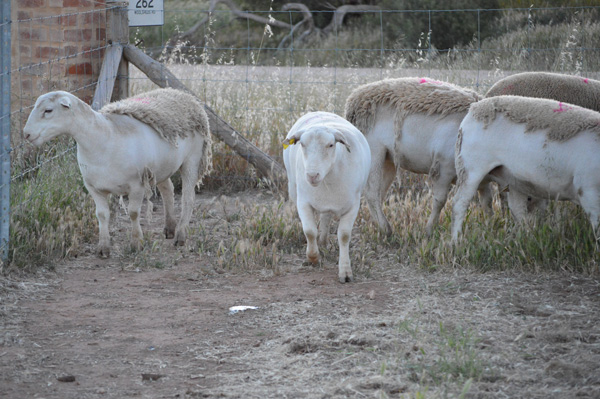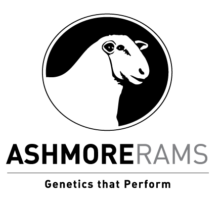About
At Ashmore, we have recently started a breeding program involving one of the shedding breeds, namely the UltraWhite. Our first lambs have been born and rams will be for sale in 2023.
There is a lot of opinion and misinformation surrounding the shedding breeds largely fuelled by the record prices some of the sheep have been making.
We decided to put out a Frequently Asked Questions document to aid our clients and others who are unsure what to make of all the hype. In compiling this document, we spoke with meat processors, AWEX representatives and reviewed research papers to provide constructive information.

We see a rapidly growing market for easy care sheep – that is sheep that don’t require shearing, crutching, mulesing or tailing. For sheep with wool over 30 micron the cost to remove the wool is greater than the income received for that wool at the moment. With lamb prices above $8/kg DWT, lamb businesses can operate quite profitably without any wool income coupled with lower labour requirements to run these kind of sheep.
They can be both. An UW ram can be used as an easy care terminal sire over any ewe base. Likewise, it is suited to an easy
care self replacing ewe flock and as numbers grow these will become more common.
UW are a stabilised cross of 25% Dorset and 75% Dorper founded by Dawson Bradford of Hillcroft Farms in WA. They have excellent structure, a strong performance focus (LAMBPLAN participation is mandatory for registered UltraWhite studs), predictable shedding ability and have largely removed the need to tail.
Aussie Whites are a shedding breed started by the Gilmore Family in NSW with Poll Dorset, Texel, White Dorper and Van Rooy as the foundation breeds.
There are contamination issues with Merino wool. The finer the micron the larger the issue. If a shedding breed runs with non shedding sheep, e.g. Ultra White Ram with Merino ewes, a declaration has to be made when your wool is sent for sale. If a shedding breed runs alongside non-shedding sheep e.g. neighbours, no such declaration needs to be made. For wool that does not go into clothing, e.g. >28 micron, contamination is less of an issue.
Even though our White Suffolk wool is >28micron, we intend on running our UW separate to our White Suffolks so our clients running a Merino ewe base can have full confidence there is no contamination issue.
If an UW is crossed with a non-shedding breed e.g. Merino, Dorset etc the shedding will be variable and take several back crosses to stabilise the shedding trait.
Some sheep shed completely, others have a “verandah” of wool on their back which actually doesn’t need to be shorn off. Our
goal is to ensure the easy care attributes are a core priority, this means no shearing, no crutching and no tailing. We will select
for performance traits such as growth and muscling in preference to having a fully shedded sheep as we don’t see an issue with some wool on the body. The adult sheep have tails – it looks different at first but you get used to it very quickly!
UltraWhites have potential in a broad range of environments.
They are extremely hardy and can tolerate hot dry pastoral conditions. With their excellent foot and leg structure they have the ability to walk long distances and maintain condition in
tough circumstances.
They are also an easy care terminal or maternal option in higher rainfall environments due to their excellent carcase attributes and are suited to high stocking rates.
Black feet and worm resistance are high rainfall traits that we aim to work further on.
We have spoken with lamb processers about this issue. Firstly, the skin value is zero. In relation to fibres on the carcasse, their
response was that when the opening cuts take place, shedding sheep can have hair land on the carcase, however, they have vacuum and washing processes to remedy this, as is used
routinely for cattle and goats.
Shedding sheep are often penned separately in saleyards to minimise contamination in wool breeds.
UltraWhite skins don’t become contaminated with grass seeds as do wool sheep. This is a big plus with late drop lambs in seedy paddocks. UW lambs can be run in very seedy paddocks
with no seed contamination in the skin or coat when slaughtered. The UltraWhite has a thick skin which grass seeds don’t appear able to penetrate.
The future of Australian sheep industry is extremely bright and we see room for a variety of profitable sheep enterprises including Merino, Maternal, Terminal and Easy Care.
The combination of high lamb prices, a shortage of shearers, labour supply and downs wool at very low values has brought breeds like the UltraWhite into the spot light and for good reason. We look forward to getting involved with this breed and supplying what the industry demands.
